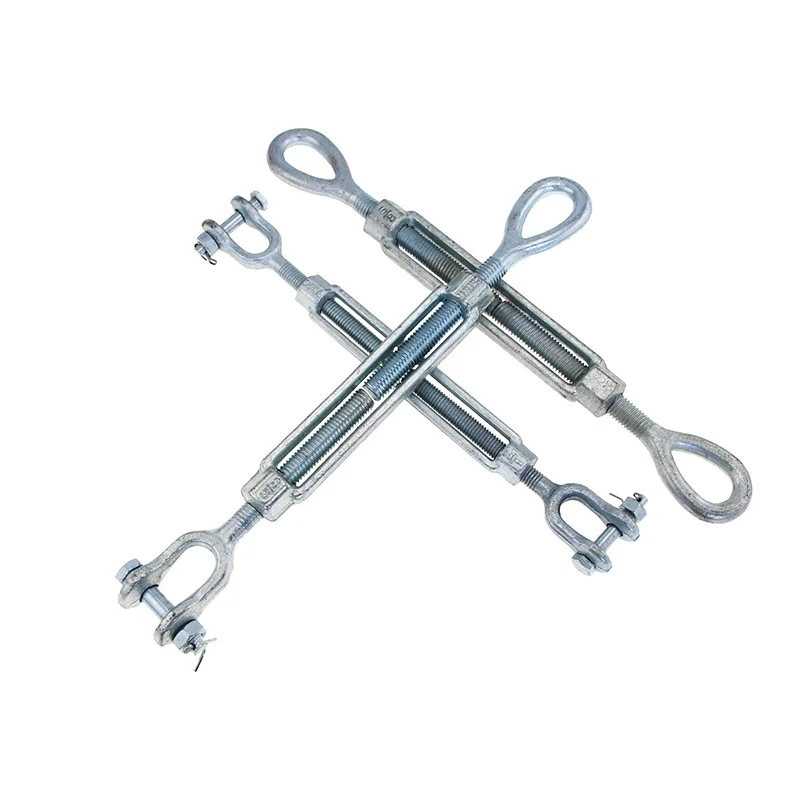News
Nov . 19, 2024 03:51 Back to list
rope fittings
Understanding Rope Fittings Essential Components in Rigging and Maritime Applications
Rope fittings play a crucial role in various industries, particularly in maritime and rigging contexts. These fittings serve as connectors, anchors, or modifiers that enhance the functionality and safety of ropes used in lifting and securing loads. From sailing ships to construction sites, the importance of using the right rope fittings cannot be overstated. This article delves into the types of rope fittings, their applications, and best practices for selection and maintenance.
Types of Rope Fittings
Rope fittings come in various forms, each designed to meet specific requirements. Here are some common types
1. Shackles These are U-shaped metal connectors with a pin or bolt securing the ends. Shackles are widely used in lifting and towing applications, providing strong and reliable connections between ropes, chains, or other rigging hardware.
2. Karabiners (or Carabiners) Often used in climbing and sailing, karabiners are spring-loaded connectors that allow for quick linking and unlinking of ropes. Their design ensures safety and stability, making them ideal for situations requiring frequent adjustments.
3. Thimbles A thimble is a curved piece of metal or plastic that reinforces the eye of a rope. When used in conjunction with a splice, thimbles prevent wear and tear while maintaining the rope's integrity, especially in high-stress applications.
4. Cleats Commonly found on boats, cleats are fittings that secure ropes by wrapping them around and tying off. They provide a reliable anchor point for mooring or securing loads, ensuring stability even in rough conditions.
5. Pulleys Pulleys facilitate the movement of ropes, allowing for the smooth lifting and lowering of heavy objects. They can reduce the amount of force required to lift a load, making them invaluable in construction and marine operations.
Applications of Rope Fittings
The applications of rope fittings are diverse, spanning multiple fields. In the maritime sector, they are essential for mooring vessels, hoisting sails, and securing cargo. Properly chosen rope fittings help ensure the safety of crew and cargo, as they withstand the harsh conditions of the sea.
rope fittings

In industrial settings, rope fittings are employed in rigging systems for lifting heavy machinery and materials. Whether in construction, manufacturing, or shipping, these fittings help maintain safety and efficiency in operations. Events such as festivals and concerts also utilize rope fittings for stage rigging and crowd control, showcasing their versatility.
Selecting the Right Rope Fittings
When choosing rope fittings, several factors should be considered
- Load Capacity Always check the load ratings of the fittings. Overloading can lead to failure and pose serious safety risks.
- Material The choice of material affects durability and resistance to corrosion, especially in maritime applications. Stainless steel fittings often offer superior resistance to rust and environmental elements.
- Size Compatibility Ensure that the fittings are compatible with the diameter and type of rope being used. Proper fit prevents slippage and wear over time.
- Use Case Consider the specific application—whether it’s for climbing, sailing, industrial lifting, or recreational use. Different scenarios require different types of fittings to ensure optimal performance and safety.
Maintenance of Rope Fittings
To guarantee longevity and safety, regular maintenance of rope fittings is essential. Inspect fittings for signs of wear, deformation, or corrosion, and replace any damaged components promptly. Clean fittings to prevent buildup that can impede performance, and store them in a dry, safe place when not in use.
In conclusion, rope fittings are indispensable components in various industries, enhancing safety and efficiency in lifting and securing applications. Understanding the different types of fittings, their applications, and best practices for selection and maintenance is vital for anyone involved in rigging, sailing, or heavy lifting tasks. By prioritizing quality and care, users can ensure that their rope fittings serve them reliably for years to come.
